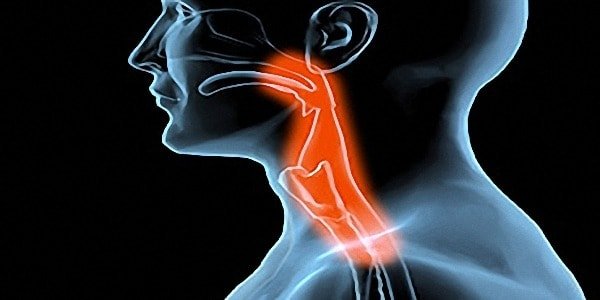Achalasia

Description
Achalasia is a rare disease characterized by difficult entry of food and liquids into the stomach.
It occurs when the esophagus loses its ability to move food down and the esophageal sphincter muscles do not fully relax.
The reason for this is damage to the nerves of the food pipe. There is no cure for this disease, but symptoms can be managed with minimally invasive /endoscopic/ therapy or surgery.
What are the symptoms?
The most specific manifestation of the disease is difficulty swallowing. Patients describe that food seems to stick to their chest after swallowing.< /p>
Dysphagia develops with consumption of both liquid and solid foods. In addition, difficulty swallowing is constant and happens with absolutely every meal.
Some patients complain of a feeling of heaviness in the chest, which may force them to stop eating.
Sometimes there is pain that is so strong that it mimics a heart attack or angina pectoris. The cause of this discomfort is thought to be the accumulation of food in the esophagus.
Vomiting of food that is blocked in the esophagus may also occur, especially when it has expanded in size.
If regurgitation occurs at night while the patient is sleeping, food can enter the throat and cause coughing and choking.
And if it gets into the trachea and subsequently into the lungs, it can become a cause of infection, most often aspiration pneumonia develops in such cases.
Due to difficulty in swallowing, a large proportion of those affected experience a decrease in body weight. With intense achalasia, attacks of chest pain may also appear.
Sometimes the symptoms point to gastroesophageal reflux disease /GERD/, however, it cannot be determined whether the complaints are due to reflux.
Except with suppression of stomach acids, relief of the symptoms of the disease is rarely achieved.
What are the causes?
The cause of the disease is unknown.
Different theories of causation point to an infection, genetic condition, or abnormality of the immune system that causes damage to the esophagus itself, i.e., an autoimmune disease.
What are the complications?
The most common complications are weight loss and aspiration pneumonia.
Inflammation of the esophagus, called esophagitis, also sometimes develops due to the irritating effect of foods and liquids that accumulate in the esophagus over a long period of time.
Albeit less often, ulcers of the lining of the esophagus also occur again for the same reason.
Although it was initially suggested that the disease leads to an increase in the risk of esophageal cancer, subsequent scientific research has not been able to provide conclusive evidence for this.
Treatment of achalasia
Treatment methods are oral medication, stretching of the lower esophageal sphincter /dilation/, surgical intervention in which part of the sphincter is removed /esophagotomy/, as well as botulinum injection toxin in the esophageal valve muscles.
All four procedures aim to lower the pressure in the lower esophageal sphincter, allowing food to pass more easily from the esophagus to the stomach.
Medications administered orally
Drugs that help relax the muscles of the lower esophageal sphincter are from the nitrate group such as isosorbide dinitrate and calcium channel blockers such as nifedipine and verapamil.
Although some patients experience relief of symptoms initially with the medication, most do not.
Medications only provide short-term relief, not long-term, and many of the patients also experience side effects from the administered medications.



